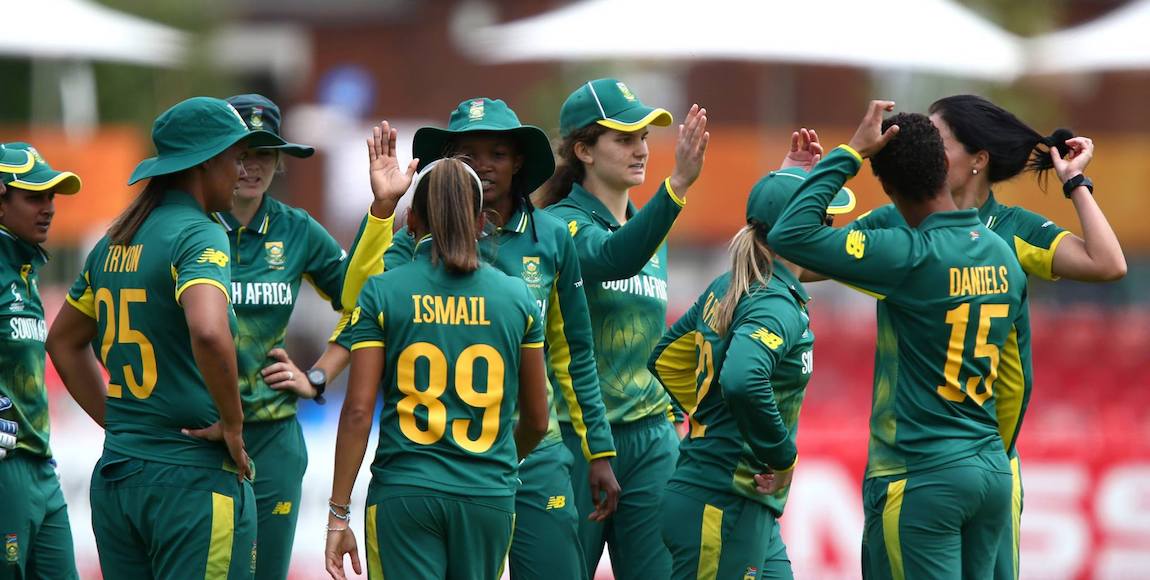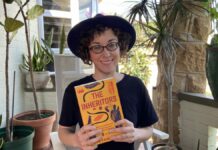No, they didn’t make it to the Women’s World Cup final. Yes, they are another South African team who lost in a knockout match of a major tournament. But no, they did not choke and yes, they can be proud. In the last of a three-part series on women’s cricket, Firdose Moonda reflects on how far the women’s side have come.
Dane van Niekerk and the South African side scrapped as hard as they could in defence of a score that should have been more easily overturned in their semi-final against England yesterday. They could not defend 218, but they can continue to dream big.
From sixth on the world rankings, South Africa came within three balls of reaching the World Cup final and booking a place in the top two. In the group stage, they beat India and West Indies, both ranked above them, and pushed the pace-setters, England and Australia. The international media hailed them as the tournament’s most improved side and while that recognition is not as sweet as a trophy, it suggests there is much more to come.
The current squad has a perfect mix of youth and experience with a senior core consisting of Mignon du Preez and Trisha Chetty, who form the spine of the middle-order, and Marizanne Kapp and Shabnim Ismail, who lead the attack. All four have established themselves – Du Preez is a former captain, Chetty holds the record for the most dismissals by a women’s wicketkeeper in ODIs, Kapp is the number-one ranked ODI bowler in the world and Ismail the self-confessed fastest in the world. All will be in their early 30s, at their peak, by the time the next World Cup rolls around in 2021.
By then, the younger crop will have many matches to their names and if they improve on what they’ve got, South Africa will have the makings of a champion side. This is who it could include:
Opening batsman Laura Wolvaardt was South Africa’s leading run-scorer and among the tournament’s top 10. She is only 18 but has the temperament and technique of someone much older. With so much promise, she is certain to have a long career ahead of her, if she opts for cricket over a medical degree.
Seam-bowler Ayabonga Khaka turned 25 on the day of the semi-final and could play for another decade. If she does, batsmen should be wary. Of South Africa’s attack, she gave away the fewest runs and by frustrating opposition batsmen, she also picked up wickets. Khaka demonstrated a unique ability to stay calm in the most chaotic of situations, like when the opening bowlers were getting carted around and she could be key to South Africa’s future successes.
The squad also included 17-year-old all-rounder Nadine de Klerk, 20-year old off spinner Raisibe Ntozakhe and 22-year old allrounder Odine Kirsten. None of them got a game at the World Cup but when they do, they are sure to apply the learnings from this competition, in which they saw their teammates compete with the best and that will only make for a stronger South Africa.
Most importantly, if South Africa hope to be able to get their hands on a major trophy in future, will be the environment created for the team to operate in which will come from the way the team is managed. In that regard, coach Hilton Moreeng deserves credit. Van Niekerk said since he came on board, the players feel they have “the freedom to play our own game our own way.†That alone should be enough for him to stay on to oversee their next effort. Moreeng’s contract comes up for renewal at the end of the tournament and Cricket South Africa would be wrong not to offer him a new one.
The next major women’s event is a World T20 at the end of next year, followed by a fifty-over World Cup in four years’ time. South Africa have lost to England in the semi-finals in both formats but that only suggests how much they are progressing. At the 2014 World T20, they were beaten easily. At the 2017 World Cup, they were beaten, but it was tough. At the next event – watch this space.









